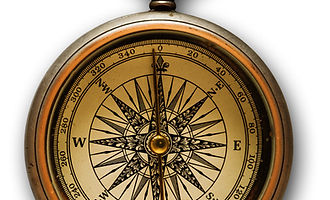top of page
Scouting Skills...
Compass - Basics
Choose your compass with care. The most appropriate type for use in scouting is probably the orienteering compass. A good one will have a well balanced steel magnetic needle that settles into position quickly. The needle should be coloured differently at each end, usually red at the north end. If the tip glows in the dark then even better.
Compass - Magnetic Variation
The important thing here is to remember that a compass points not to true north (e.g. the north pole, the geographical northernmost point of the Earth) but to magnetic north (the magnetic north end of the Earth's 'bar magnet'). These two are not in the same position (indeed the position of magnetic north varies with time).
Please reload
bottom of page






